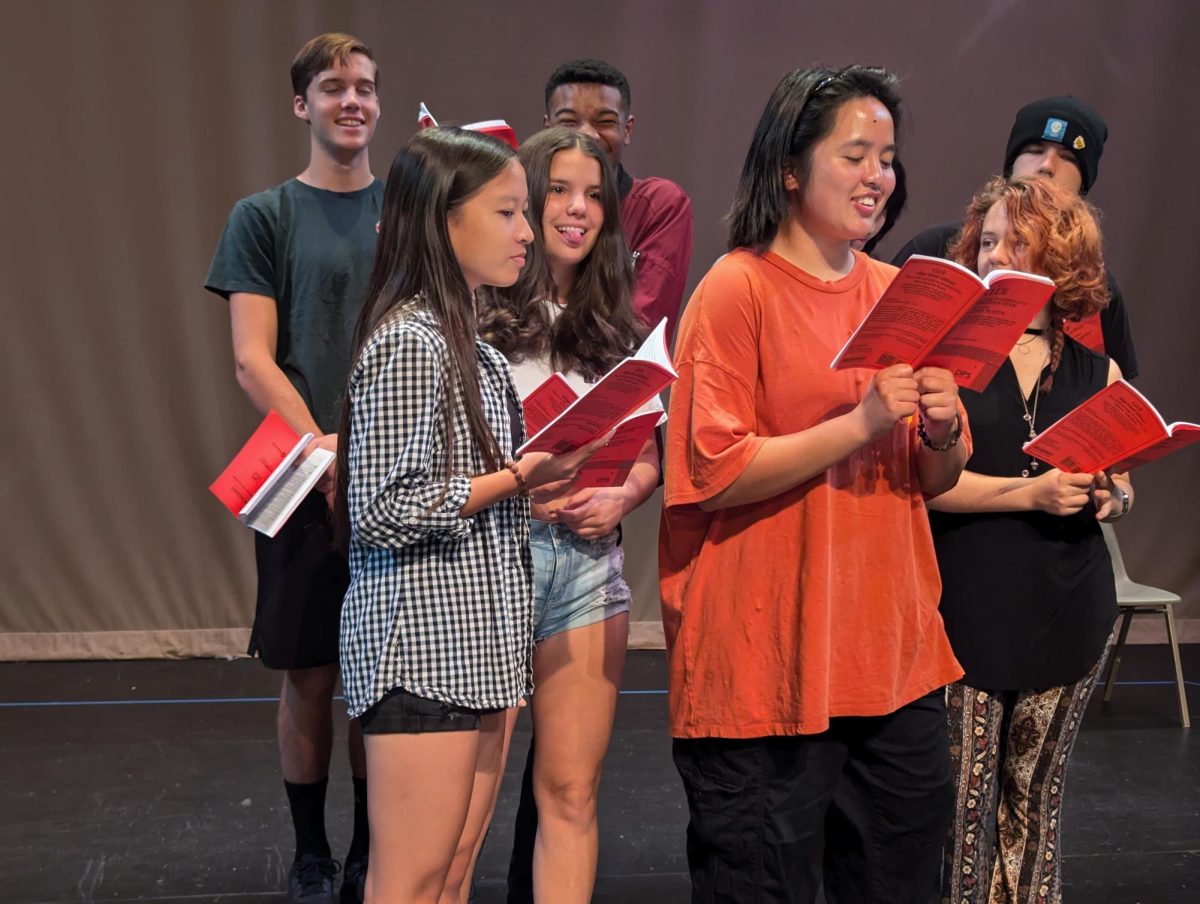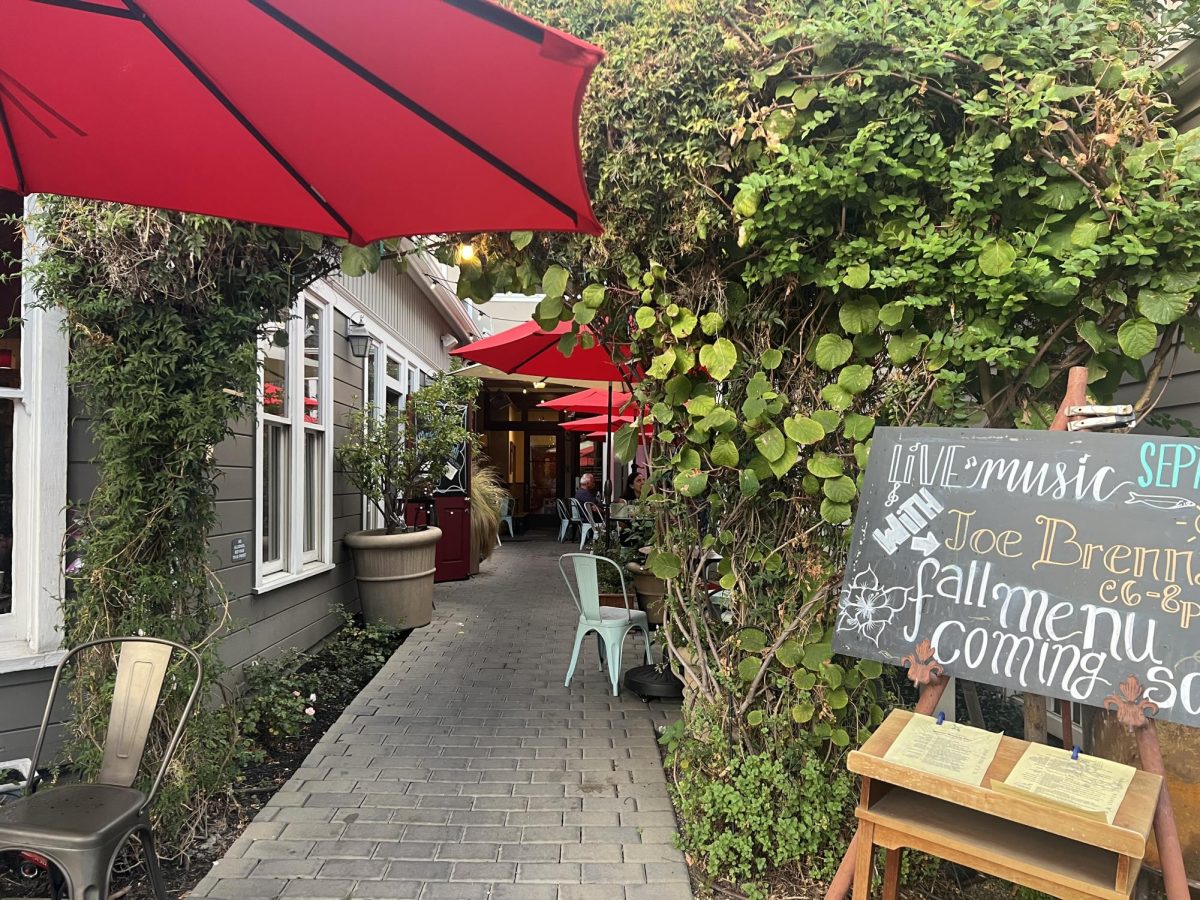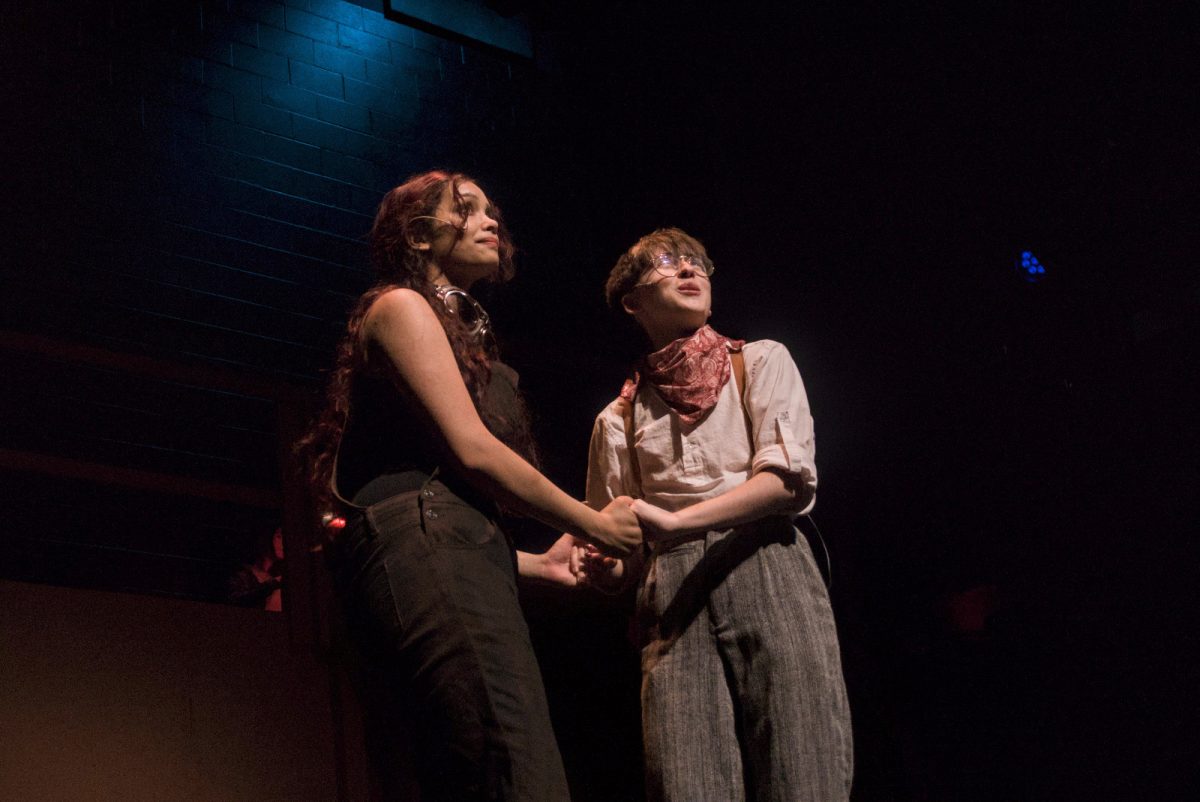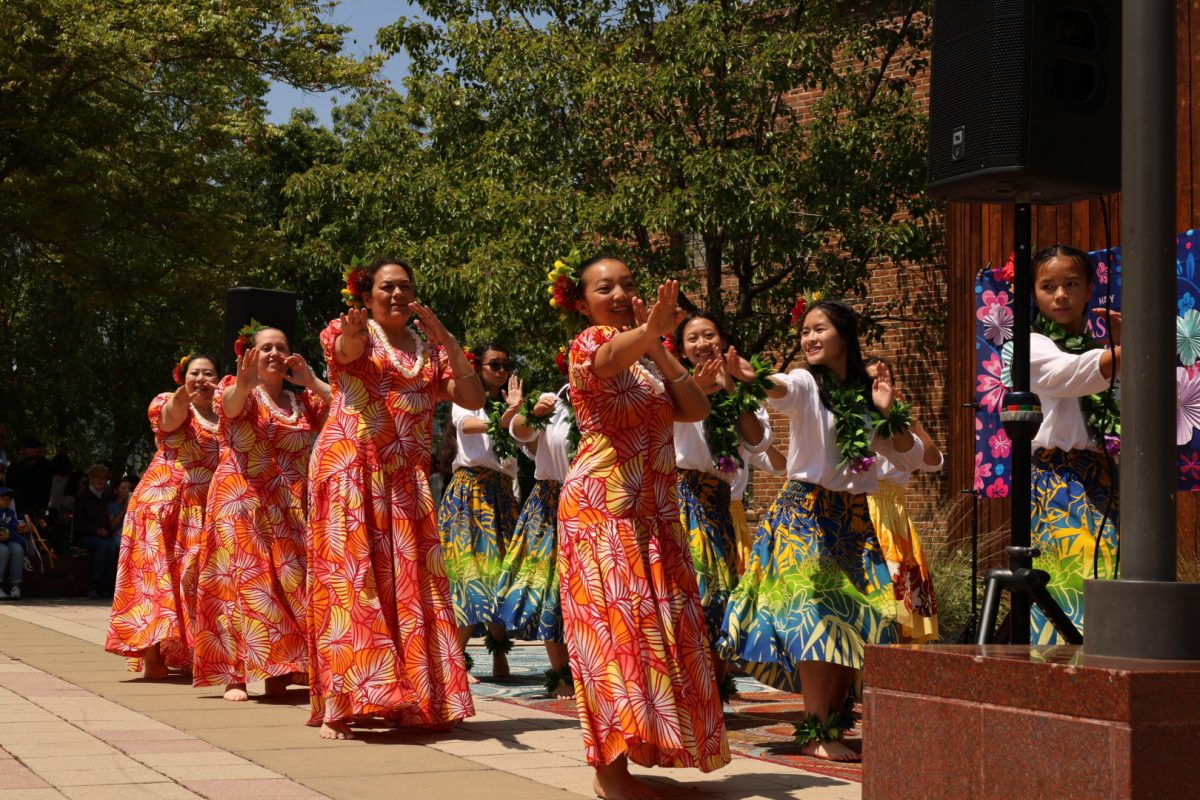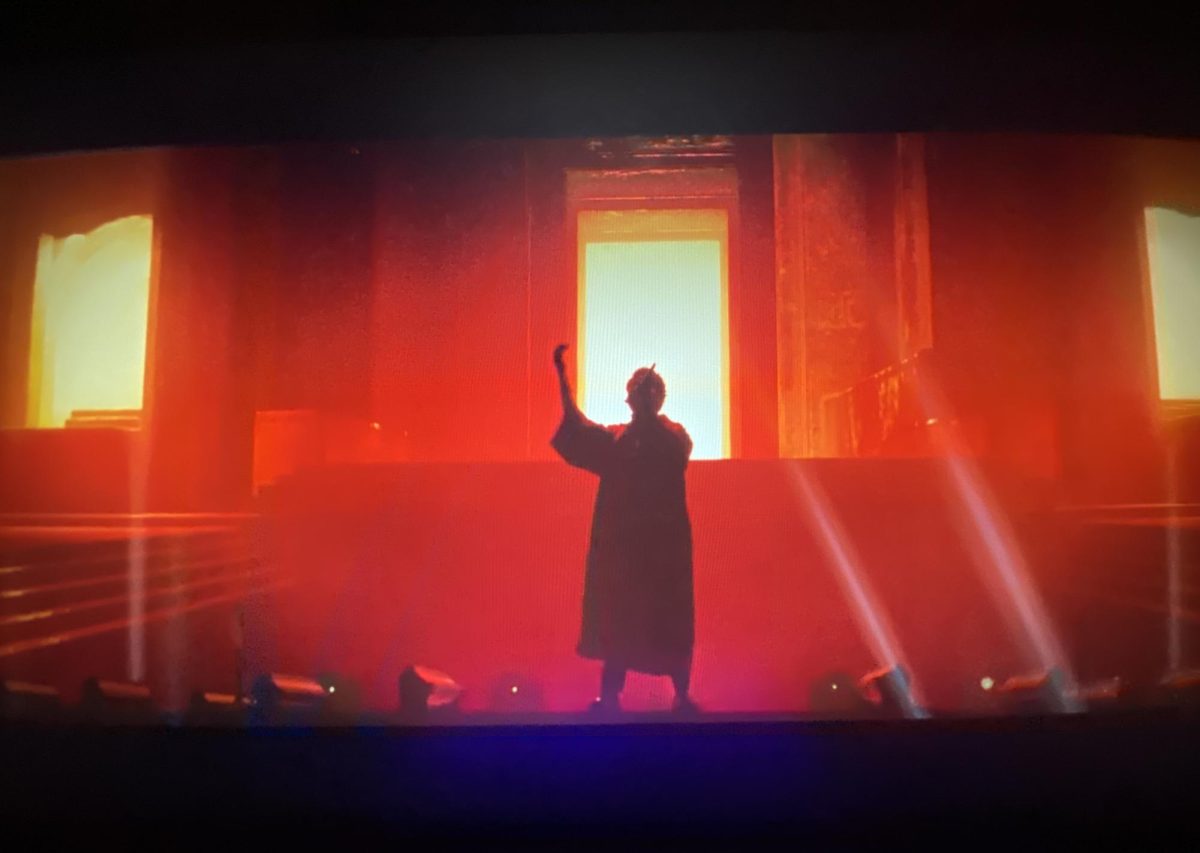From portraits to murals to sculptures, public art exists in a variety of forms. Art in Pleasanton brings a positive impact to the city.
“I see a lot of murals and community art showing people interacting and enjoying the city. It really livens up the city and makes it look a lot healthier, a lot more like a community, and a lot brighter in general,” said Nia Lam (‘26).
Pleasanton features a diverse array of public art, including murals, sculptures, and painted utility boxes. The city funds some, while private donors, such as Gary and Nancy Harrington, support others. The town also includes temporary art and interactive pieces. But what is the reason to create and share art?
“Art is a deliberate act to bring us together, to create identity, to share experiences. It’s a core way that we make meaning and communicate with each other,” said Art Teacher Michael Doyle.
Art is essential to the community because it brings more meaning to life. Experiencing art is a form of communication; it evokes emotions in people.
“Art is a common denominator because it evokes appreciation for what is and begs the question of what can become,” said Civic Arts Commissioner of Pleasanton, Jan Coleman-Knight.
Students see public art at school every day. The art club or past students made many of the murals found around Amador Valley High School. These pieces bring the walls to life and take out the dullness. It gives the community hope because it shows that people appreciate expressing themselves through art.
Art also teaches us about the past and helps us imagine the future. Public art is “the collective memory of a city, nation, culture… My favorite [art piece] is ‘Poppies’,” said Jan Coleman-Knight from the Civic Arts Commission.
With support from the city and schools, Pleasanton continues to expand its public art collection, adding color, creativity, and a sense of community to its spaces. Further, Pleasanton’s public art is more than just decoration. It connects people and helps everyone feel part of the community.
“What I like about seeing art in public spaces is that it becomes accessible to everyone. It makes me feel like we still enjoy the little things and want to express ourselves. I think public art reminds me of the simplicity of life and humanity. It gives me hope in humanity that we’re still able to enjoy small things and express ourselves visually,” said Tvisha Choubey (‘25).


